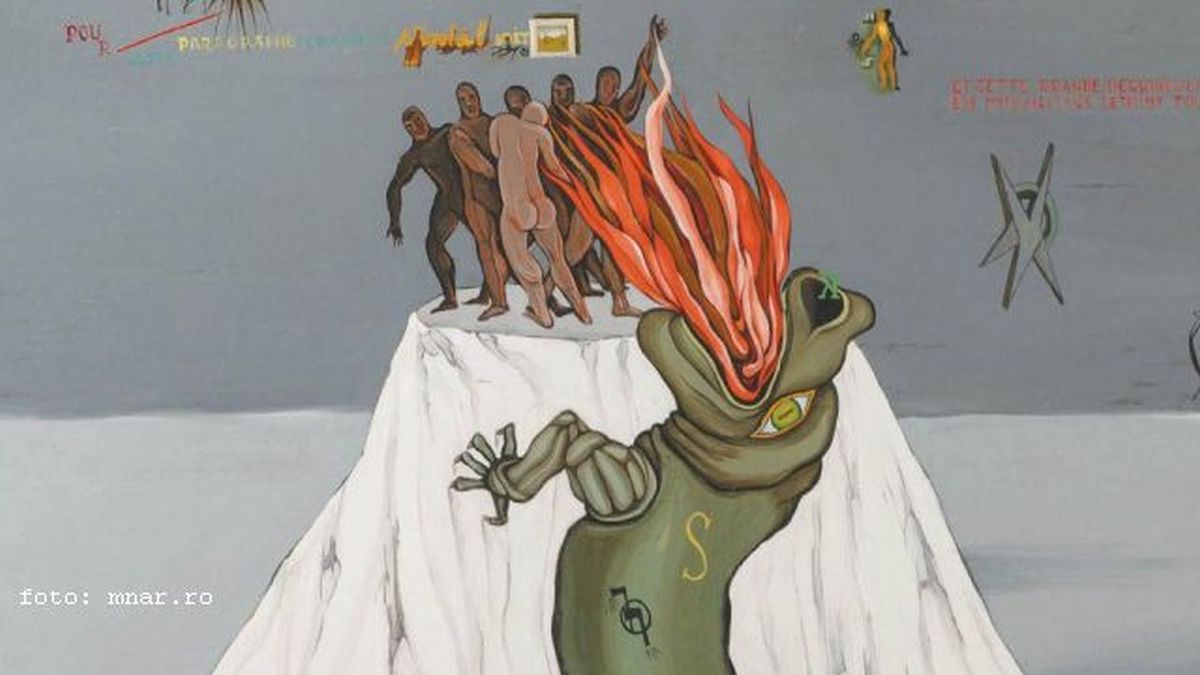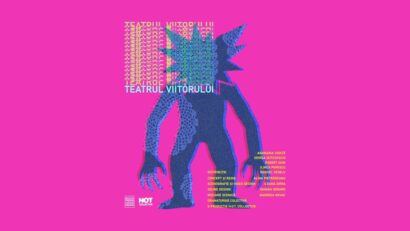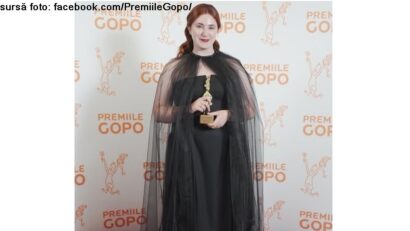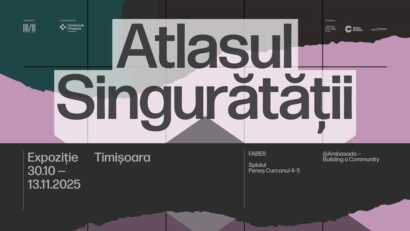The Exhibition “Victor Brauner, between the oneiric and the occult”
The exhibition is hosted by the National Gallery of the National Art Museum of Romania

Corina Sabău, 16.03.2024, 14:00
The exhibition “Victor Brauner. Between the oneiric and the occult” is hosted by the National Gallery of the National Art Museum of Romania until April 30, 2024. Opened on December 1, 2023, the exhibition emphasises the originality, grounded in domestic sources, of Victor Brauner’s works as well as his contribution to the surrealist movement started one hundred years ago.
The exhibition presents, through more than 100 exhibits, the initial sources of the artist’s creation, stemming from the traditional spirituality and his interest in the occult and esoteric practices, as well as the evolution of his artistic means towards a surrealist aesthetic.
Călin Stegerean, the director of the museum, is the one who designed the concept of the exhibition:
Călin Stegerean: “The exhibition presents works by the artist and objects that we borrowed from the Dimitrie Gusti National Village Museum in Bucharest and which aim to reflect the artist’s inclination towards the oneiric and the occult. In fact, a lot of biographical sources speak of this sensitivity and the way in which it was translated into his paintings and beyond. Because our exhibition also has an important component represented by graphic works, drawings, works in watercolour and gouache, but also engravings, which, just like his paintings, are excellent. There are works that belong to the National Art Museum of Romania, but also works that I borrowed from the Pompidou Centre in Paris, from the Museum of Modern and Contemporary Art in Saint-Etienne, also from the Museum of Modern and Contemporary Art in Strasbourg, as well as from the Museum of Visual Art in Galati and the Tara Crisurilor Museum in Oradea. I think we managed to bring so many works because the project of the exhibition was convincing, as it’s something quite new in the international landscape of museography. In recent years, there have been several exhibitions dedicated to this artist, including the one organized in 2023 in Timișoara, which was a European Capital of Culture, but none presented the artist’s creation on these coordinates, which are essential to his work, the oneiric and the occult. Moreover, there are many works signed by him in Romania, so it was an opportunity for collectors to present them to the general public. The exhibition also includes avant-garde magazines and books signed by the artist, from the National Library of Romania, the Metropolitan Library of Bucharest and the Lucian Blaga Central University Library in Cluj-Napoca. Also, unpublished documents related to the séances organized by Bogdan Petriceicu Hașdeu, which we brought from the National Archives of Romania.”
Victor Brauner was born in 1903, in Piatra Neamț. After moving to Viena and Brăila, in 1918 his family came to Bucharest, where Victor Brauner attended the Fine Arts School. The year 1923 saw his first contact with the avantgarde movement, with the young artist becoming a contributor for some of the country’s leading avantgarde magazines, such as Contimporanul, Punct, Integral, Unu, Urmuz, and taking part in major group exhibitions together with Marcel Iancu, M.H. Maxy, Hans Mattis-Teutsch, Milița Petrașcu.
In 1932 he joined the surrealist movement spearheaded by André Breton and took part in several exhibitions of this group. In 1938 he moved to Paris, never to return to Romania, and grappled with various problems during World War II. After the war, his success in Europe and in the US skyrocketed. He died in 1966, widely acknowledged as a remarkable representative of surrealism.
The exhibition in Bucharest also hosts screenings of “Les illuminations successives,” an excerpt from the movie “Victor Brauner – Le grand illuminateur totémique” (2014) directed by Fabrice Maze.
Călin Stegerean: “This is an event that we promote under the motto ‘More than an exhibition, an experience.’ Because the public are invited to experience it with their senses, an experience restoring their relationship with visual arts. The design is unique, it is designed to convey a dreamy, oneiric dimension through the very configuration of the space and the colours of the walls on which the works are displayed. We actually set out to offer several types of messages, some of them represented by the texts accompanying the various sections of the exhibition, but beyond that, there are the changing colours of the walls, and the geometry of the space is nothing like what the public has seen so far in the temporary exhibitions hosted by our museum. I believe this is a first at international level as well, and I must confess we did some thorough research in this respect.”
The National Art Museum of Romania owns eight paintings and two drawings by the artist Victor Brauner. (MI, AMP)






























